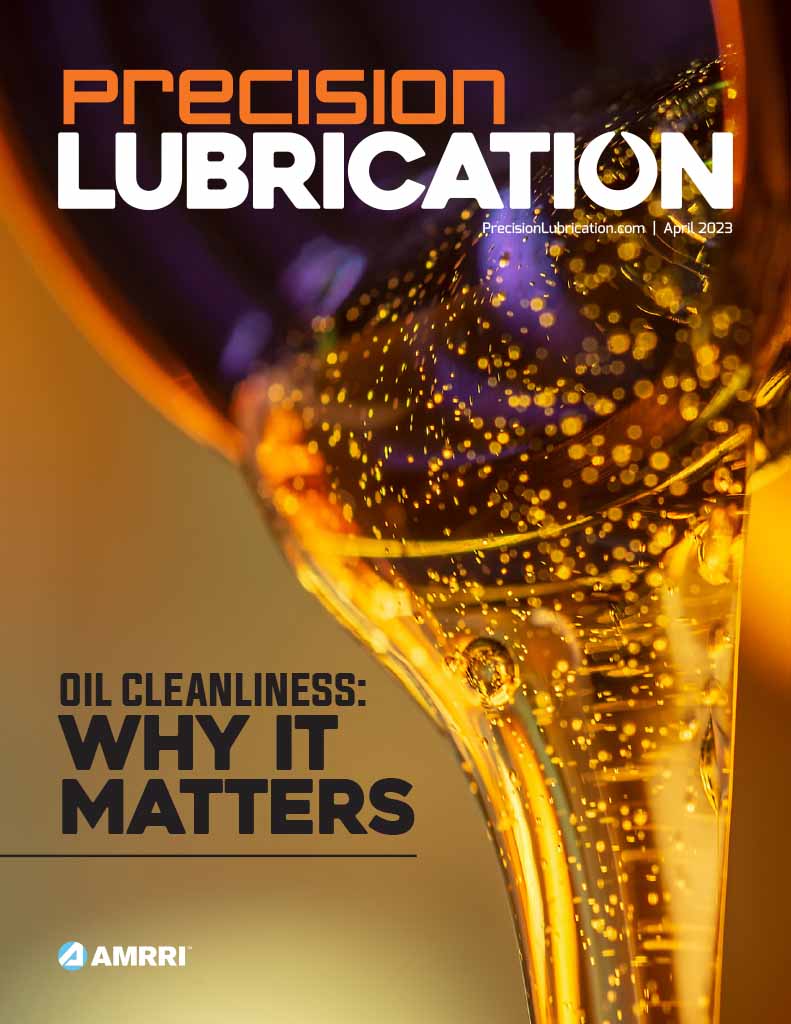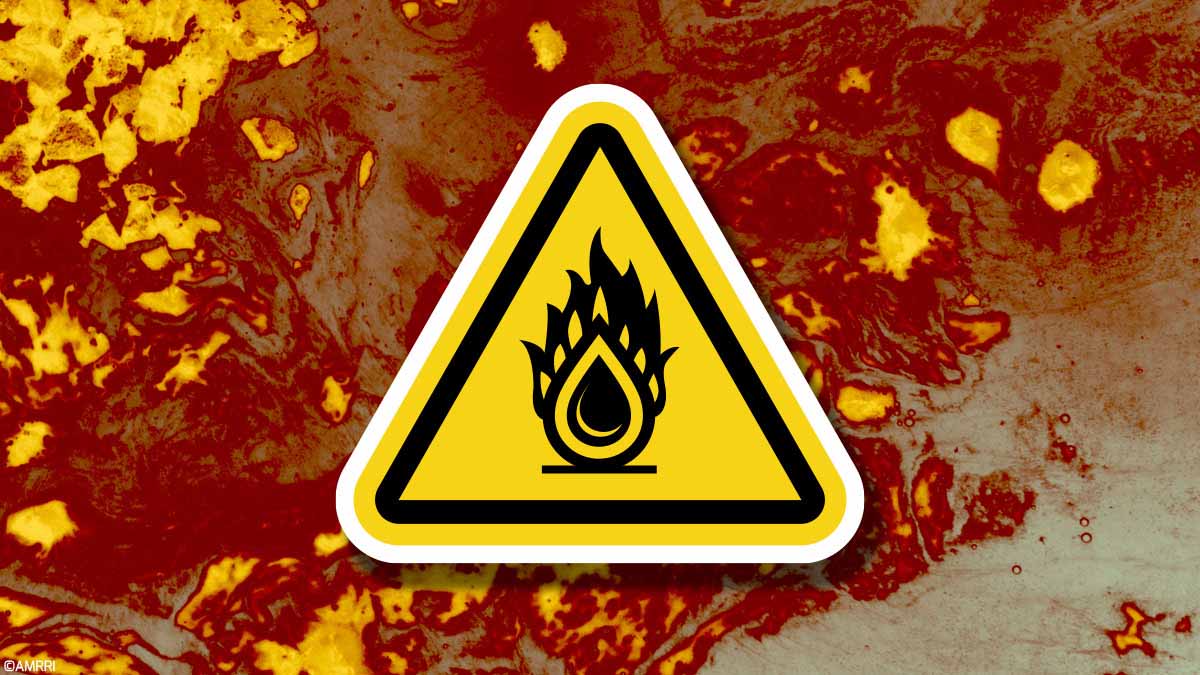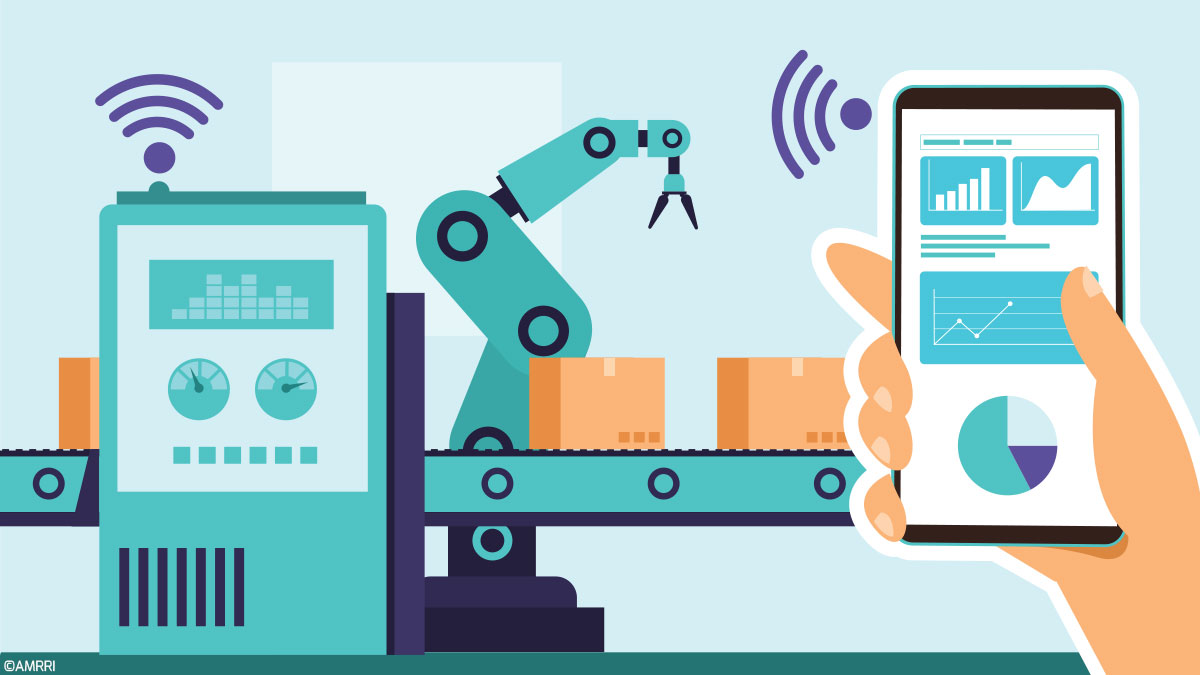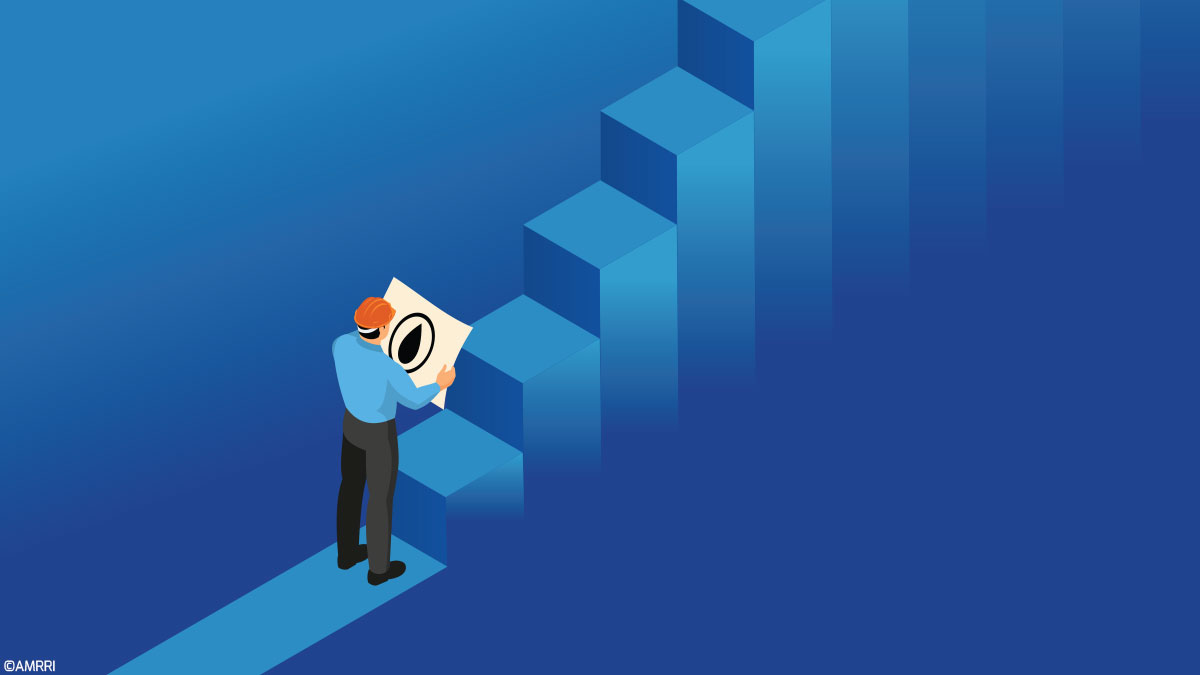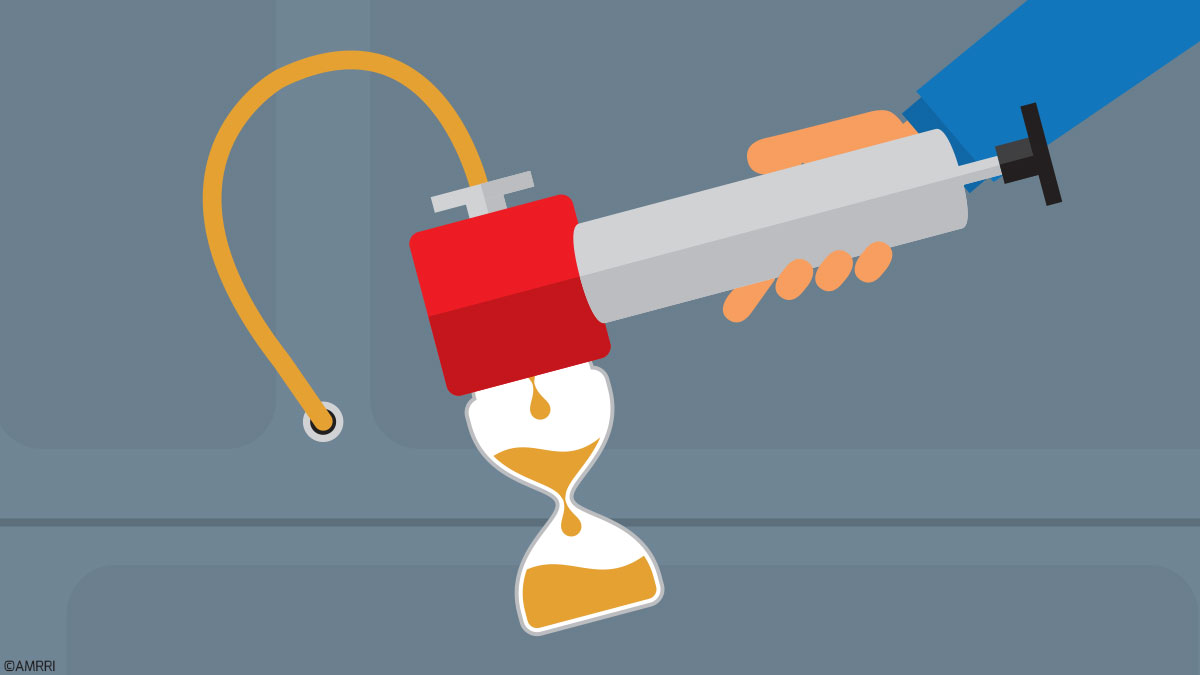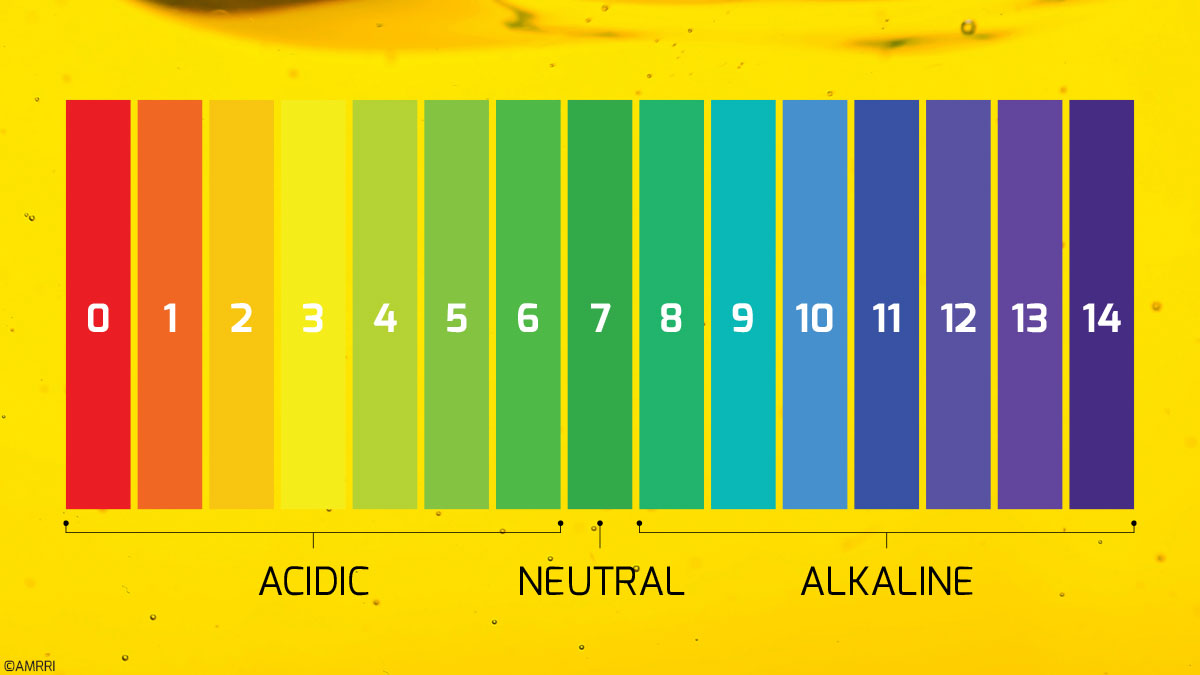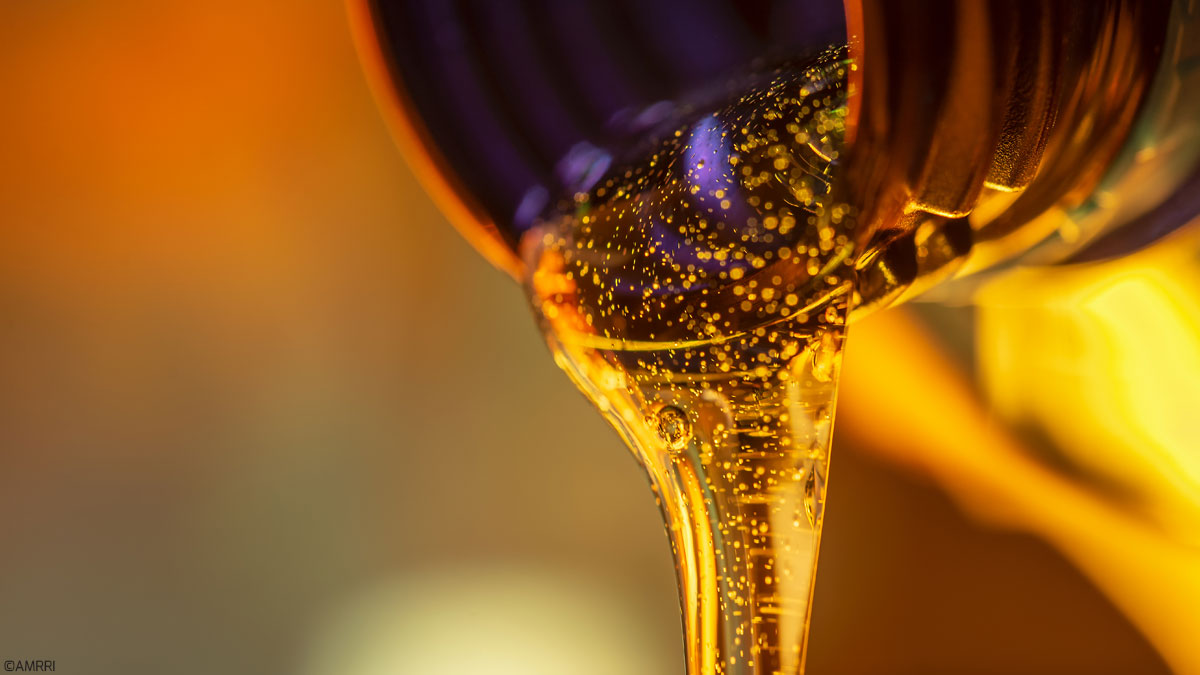Typically, when an oil undergoes degradation, the first culprit to be blamed is oxidation. We often hear that the oil has oxidized, producing varnish, leading to its degradation. While this simple statement may seem plausible, it is not the only way oil can degrade....
Lubricant Analysis
Online Sensors for Oil Analysis: Benefits, Concerns and Practical Uses
Online oil analysis sensors can prove to be a contentious topic. Social media comments vary from fitting them everywhere to claiming that they will never be a substitute for laboratory oil analysis. Of course, there is a middle ground where online sensors should be...
How to Get Started with Onsite Oil Analysis: A Step-by-Step Guide
Implementing reliability solutions involves solving problems and deciding how to effectively use oil sample test data as a fundamental building block to drive program success. Many decisions confront the end user when they perform their own oil testing and analysis....
How Reliable is Oil Color as an Indicator of Condition?
Most industrial oils, when new, have a clear, translucent color. This typical color is maintained for a period while the product is in its original container and free of harmful effects. However, once the oil is put into service, it undergoes changes that are...
Maximize Oil Analysis with Onsite Tests and Optimized Sampling Intervals
When I first started with condition monitoring in the early 1990s on an open cast iron ore mine, we were blessed to have a geology laboratory to utilize for used oil analysis. In addition, we had the support of a commercial laboratory to whom we could send samples to...
How Lubricant Selection Impacts Degradation and Machine Failure
Many lubrication engineers are faced with finding the most appropriate lubricant for an application. Therefore, they are tasked with selecting the "right" lubricant; subsequently, their decision can influence several outcomes. A lot of the positive results are in the...
Why Your Maintenance Management Needs to Embrace Data Integration
Data, data, and more data. Our industry feeds on data to make decisions, and there's an abundance of condition monitoring tools that allow us to use data to understand the health of operating equipment and detect potential risks of failures. Utilizing core equipment...
The Elusive Acid Number: What Does It Really Mean?
The Acid Number of a lubricant, sometimes called the "Total Acid Number" or TAN, is a commonly reported value for oil analysis and is generally considered an indication of oil aging and degradation. But what does it mean, and how is it determined? Let's break down...
Oil Cleanliness: Why Tiny Particles are Every Machine’s Worst Foe
Is the lubricant circulating through your system free from damage-causing contaminants? Using contaminated lubricants can lead to irreversible equipment damage, shortened life, and unexpected downtime. Instances of contamination can be identified by inspecting the...
How ASTM Standards Set the Foundation for Lubricant Condition Monitoring
The foundation of a lubricant condition monitoring program is the ability to obtain accurate and informative data that can be related to how the machine and lubricant may fail. In the past ten years, many industrial advances have significantly impacted the lubricant...

